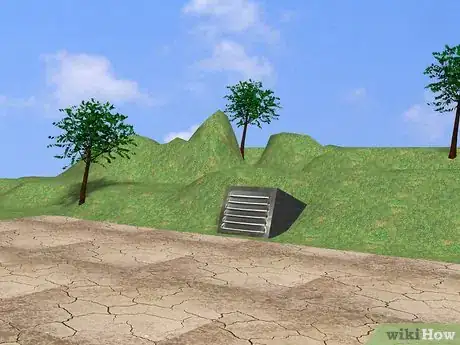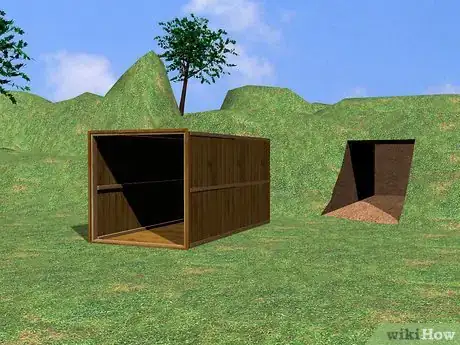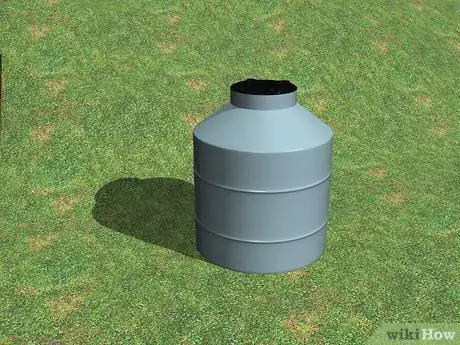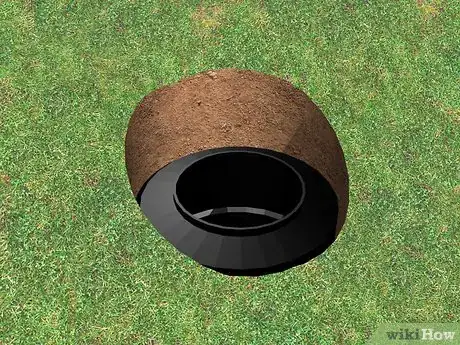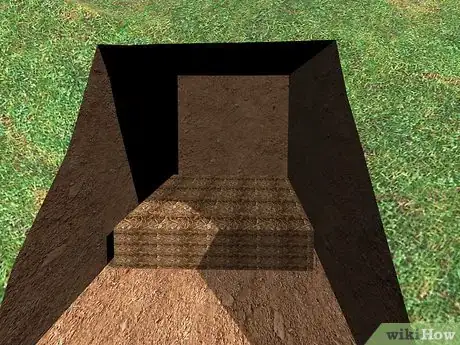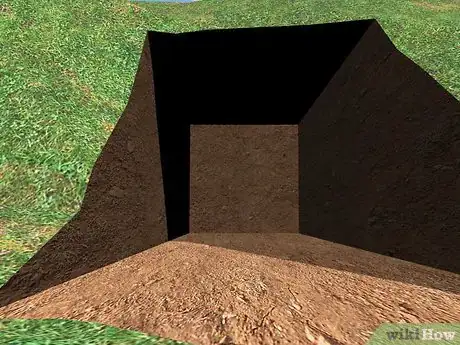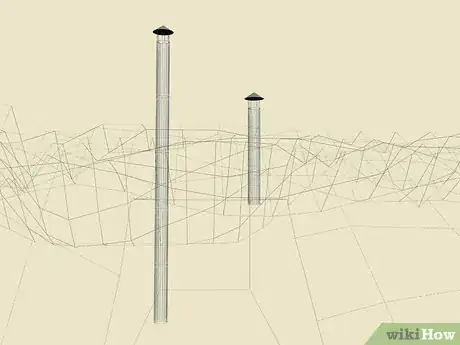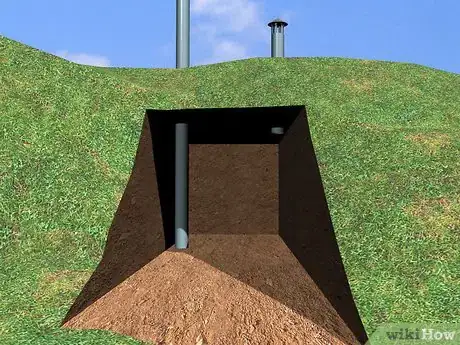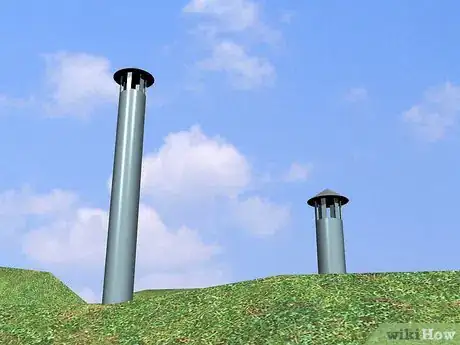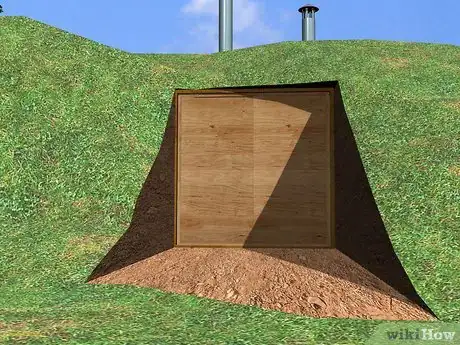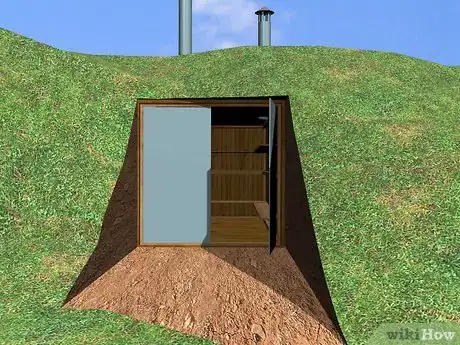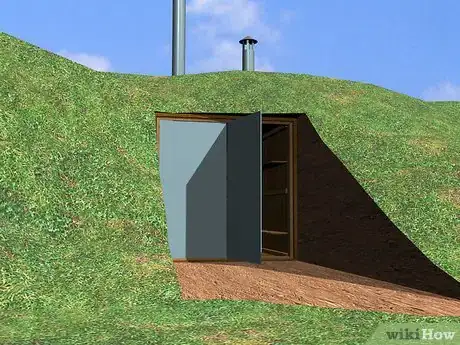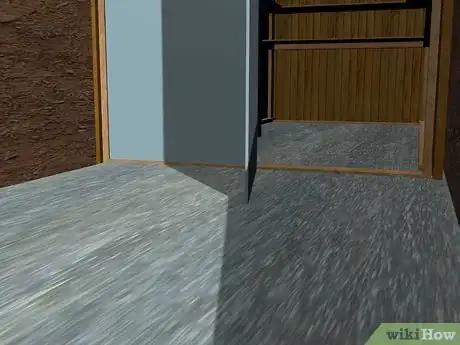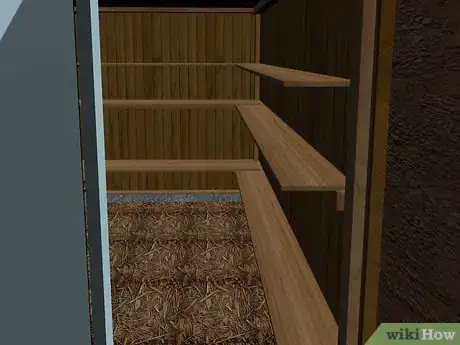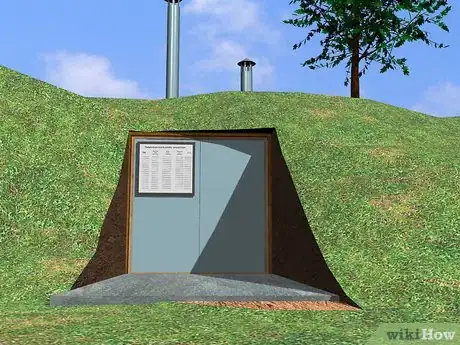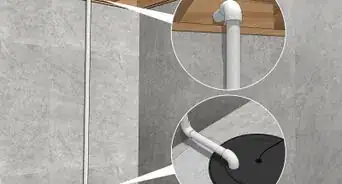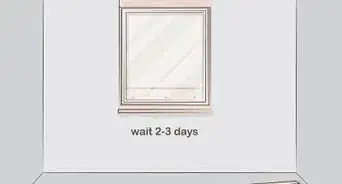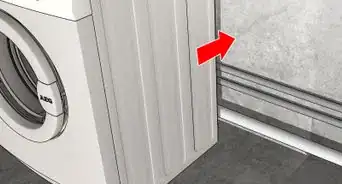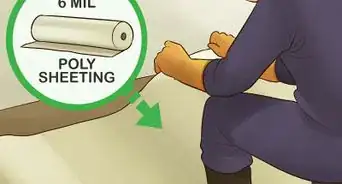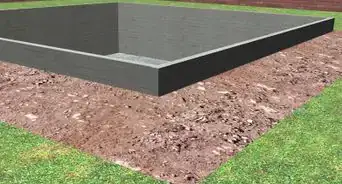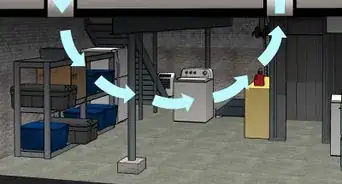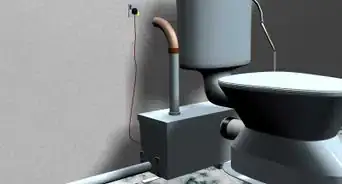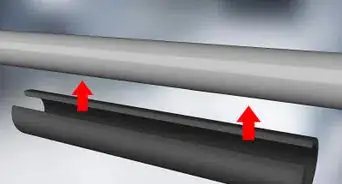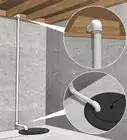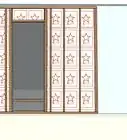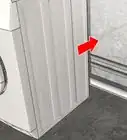X
wikiHow is a “wiki,” similar to Wikipedia, which means that many of our articles are co-written by multiple authors. To create this article, 10 people, some anonymous, worked to edit and improve it over time.
There are 8 references cited in this article, which can be found at the bottom of the page.
This article has been viewed 238,622 times.
Learn more...
Your garden has come in and the bounty of it has been dispersed to family and friends. However, you still have more produce than you can consume. What to do? You can process some of it in a pressure canner or freeze it. Some vegetables, though, and a few fruits do not do well canned or frozen. Perhaps it is time to build an underground root cellar.
Steps
-
1Understand that the key elements of a root cellar have to do with temperature, humidity and ventilation. Keep these three details in mind and the cellar can be built using just about any method.[1]
- Building material options include native stone, concrete cinder blocks, earth-packed tires or cedar logs for walk-in root cellars. The most common of these is to use concrete cinder blocks. This material is readily available from a DIY store.
-
2Think out of the box for your underground root cellar.[2]
- Use a fiberglass water tank. These will be easy to modify and bury.
- Bury a 50 gallon (189.3 L) plastic drum in the ground.
Advertisement -
3Cover either of the above choices with 1 foot (30.48) of dirt or other coverage for temporary fall storage.
-
4Locate your root cellar in an area that has good drainage away from it. Ideally, this would be on a hill side facing north and limiting exposure to the opening of the cellar.[3]
-
5Excavate for the root cellar so that, when the walls are buried, you have at least 4 feet (1.22 meters) of coverage. Ten feet (3.05 meters) is even better.
-
6Vent the cellar by installing two PVC pipes. One pipe must enter the root cellar low to the floor to let cool air in, and the other one needs to be near the ceiling to vent out hot air.[4]
- The vent pipes will need to be screened to keep out pests and to protect the produce from weather that is too cool or too warm. Remember, cool air settles and warm air rises.
- Ventilation is also important to remove ethylene gases that fruit and vegetables produce as they ripen. Venting ethylene gases slows down the ripening process.
-
7Create an entry to the root cellar.
- The door to the root cellar plays a double roll -- to keep the varmints and unwanted visitors out and to keep the cool air in.
- Most root cellars have 1 door at the surface and a second at the wall that opens to the root cellar (if this exists). This entry way acts as a little extra insulation in the form of dead space to keep the cool air in.
-
8Cover the floor of your root cellar with gravel or even a concrete floor. Either one can be wet down to help raise the humidity when you need it.[5]
-
9Choose wooden shelves over metal. Metal transmits heat, warming up faster that wood. Wood helps you keep the temperature more in control as a result.
-
10Place a temperature and humidity gauge in the cellar and keep a record of the readings. This will help you to track how effective these numbers are and reflect the best way to maintain your root cellar.[6]
Advertisement
Community Q&A
-
QuestionWould a sea-land container work as a root cellar?
 Community AnswerYes, make sure to read about burying it directly and the issues with weight on top.
Community AnswerYes, make sure to read about burying it directly and the issues with weight on top. -
QuestionWhat should the ideal temperature be in a root cellar?
 Community AnswerThe ideal temperature is between 32°F and 40°F. Any colder or warmer than that will damage the food inside.
Community AnswerThe ideal temperature is between 32°F and 40°F. Any colder or warmer than that will damage the food inside.
Advertisement
Warnings
- Always set back the sides of the hole on a slope when excavating in order to prevent you from being trapped in a cave in.⧼thumbs_response⧽
Advertisement
Things You'll Need
- Concrete cinder blocks - optional
- Cedar logs - optional
- Earth-banked tires - optional
- Native stone - optional
- Fiberglass water tank - optional
- 50 gallon (189.3 L) plastic drum - optional
- PVC pipe
- Temperature and humidity gauges
- Gravel or concrete for floor
- Wooden shelves
References
- ↑ https://www.youtube.com/watch?v=8Xy1MD2-BXE
- ↑ https://www.motherearthnews.com/diy/buildings/root-cellar-plans-zm0z14amzreb
- ↑ https://www.motherearthnews.com/real-food/root-cellaring/fundamentals-of-root-cellaring-zm0z91zsie
- ↑ https://www.almanac.com/content/root-cellars-types-and-storage-tips
- ↑ https://www.bobvila.com/articles/how-to-build-a-root-cellar/
- ↑ https://sympathink.com/articles/how-to-build-a-root-cellar/
- ↑ http://call811.com/start-here/homeowners
- http://www.motherearthnews.com/modern-homesteading/build-a-root-cellar-zm0z80zsie.aspx?page=2
About This Article
Advertisement
